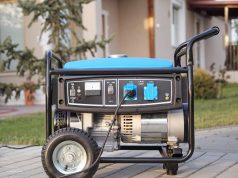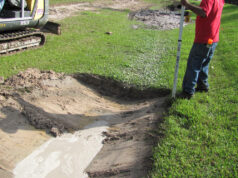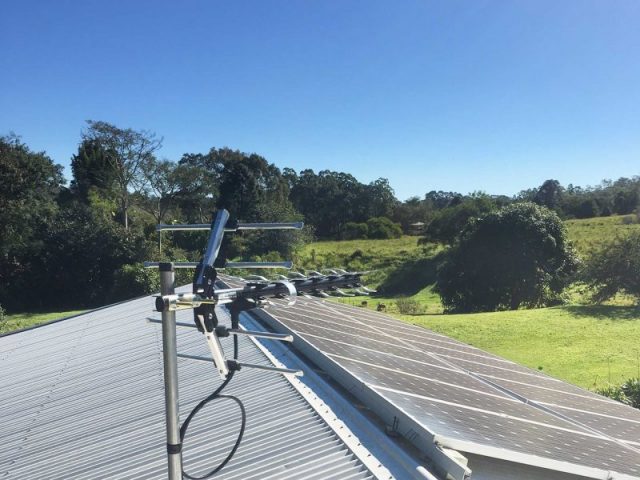
People who live in rural areas know how difficult it is to find a great provider and to have good TV reception and internet services. You may find a great provider, but after a while, you may notice that the reception is not as great as it was. This is an issue many people face; however, you should be aware that there are things you can do to improve the signal, without spending money.
The TV signal is really important nowadays. We watch our favorite shows, follow the news or just enjoy our favorite sports match. The worst thing that could happen is when the channel just freezes and there’s nothing you can do to fix it. Luckily for you, we have some tips! Check these things out before you throw your TV out of the window.
Choose the best type of antenna
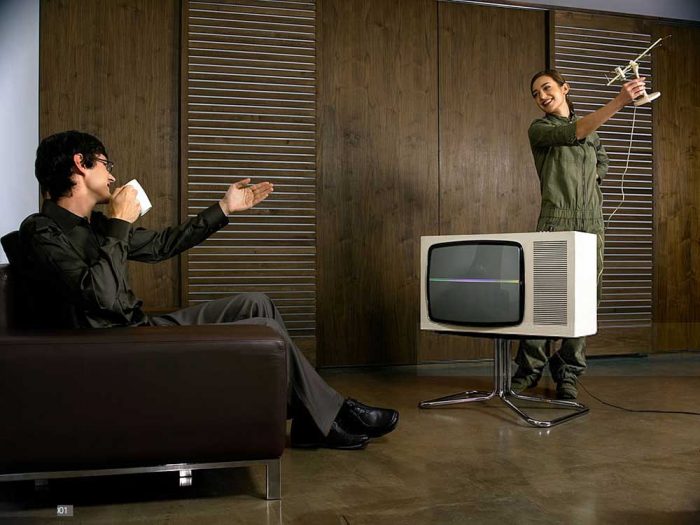
There are two main types of antennas, and the rooftop ones are better than the indoor ones. No matter which one you choose, you will need to position it correctly and to point it in the direction of the provider’s tower.
When choosing the provider, ask them which model will be the best for your location and you can also buy an antenna with an amplifier. Some users say that when the amp is turned off, you may get more channels, however, you will need to check how both things work for you and don’t forget to rescan every time you make some changes.
Be careful where you place the antenna
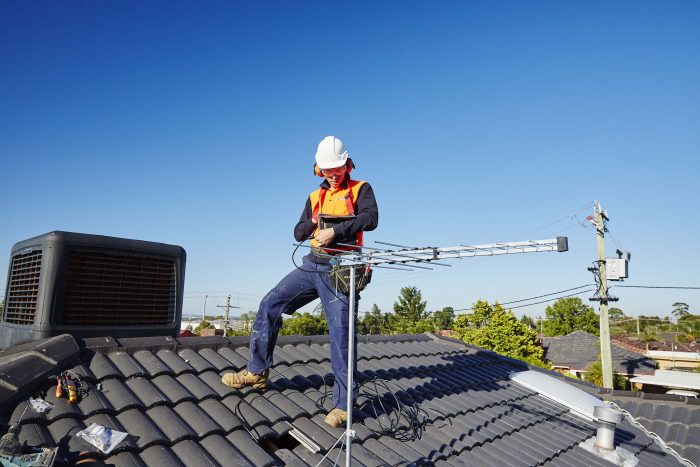
The placement of the antenna is the most important thing when it comes to improving the TV reception. Experts say that you should mount it as high as possible.
If you are using a rooftop antenna, then place it on the highest point of the roof. For this task, it is better to use a professional service. Visit here if you want to see how the experts can help you in protecting yourself and making sure that everything is installed correctly.
If you are setting up an indoor device, then you should put it as high as possible. This will improve the reception and it will boost the signals. Some users report than if you put the device horizontally, you will get better reception. This varies from user to user, so check when the antenna is positioned both horizontally and vertically and check which option works better for you.
In rural areas most broadcasting towers are located near each other, so you will need to point the antenna in that direction. It is good if you do some research and check where the towers are located before you move the antenna and, if needed, contact your provider about that information.
If there are too many things standing between the tower and the antenna, that can disrupt the signal, and because of that, we want to place it as high as possible and to ensure that there are not many walls, standing in the signal’s way. Put the antenna near the window and if it is possible, mount it above it, near the ceiling. Some users say that placing it in the room where the TV is located can help with the reception, but others report that the room does not make a difference, as long as it is placed as high as possible.
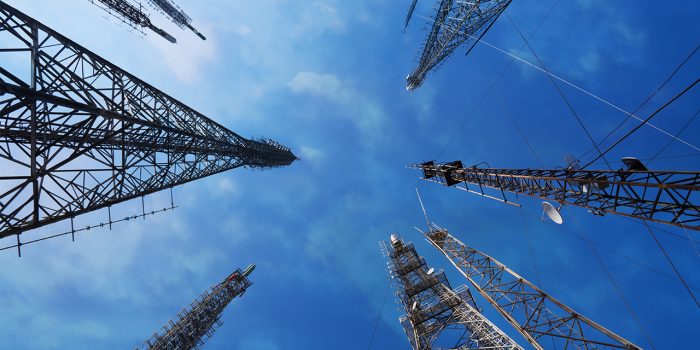
Choose the best provider
The provider is important as well when it comes to TV reception and the number of channels. Some providers are just not equipped to offer their services to people who live in rural areas, but they still do it. Don’t let the advertisements fool you, they might not be as good as they offer to be.
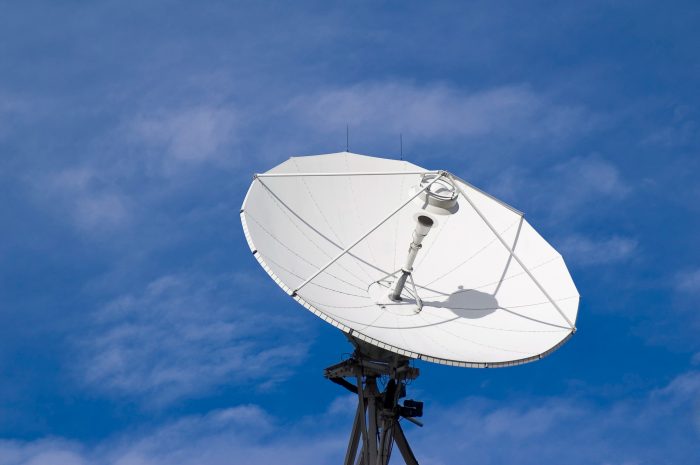
Satellite TV is usually a great option for people who live off the grid, so you should look into getting it. Talk to your neighbors and see which provider they choose and how happy they are with it.
When making a contract, check to see if there is a trial period for the provider and if you don’t like the channels, or if you are not having a great TV reception, maybe it is not your equipment, maybe it is their broadcasting towers and bad signal.
Explore several options and ask any questions you might have. You should be aware that if you want an exceptional TV reception and HD channels, you may need to pay a bit more.
Additional equipment
You may need an amplifier or a pre-amp, but this depends on the location of the broadcasting towers. If they are far away from you, the amp will strengthen the signal and you will receive a better reception. But, if the tower is near you, then the amp may not make a huge difference. A pre-amplifier can give the signal a little boost and it is a different device than the amplifier. Outdoor antennas usually have a pre-amp built-in, but you need to check this with the seller when you are making the purchase.
One other thing that could make a difference when it comes to TV reception is the cables. If you have thinner cables that easily wear out, you need to replace them as soon as possible. Choose something thicker that could withstand the test of time and that will allow the signal to travel faster without any potential interruptions. Even if you think your cables are good, check them just in case. They might be damaged in some places without you even noticing. Check the connectors as well because they do know to wear out or rust in time.
The television signal does not always depend on the provider and the equipment only. It may get better or worse, depending on the weather conditions, so if you notice that the reception getting worse a few times per month or year, it is probably because of the weather.
Contact your provider before making any changes and make sure to always use safety equipment. When it comes to installing a rooftop antenna, it is always better to have a professional team install it, instead of you risk injuring yourself. Follow these inexpensive tips and the signal should get better in no time.


